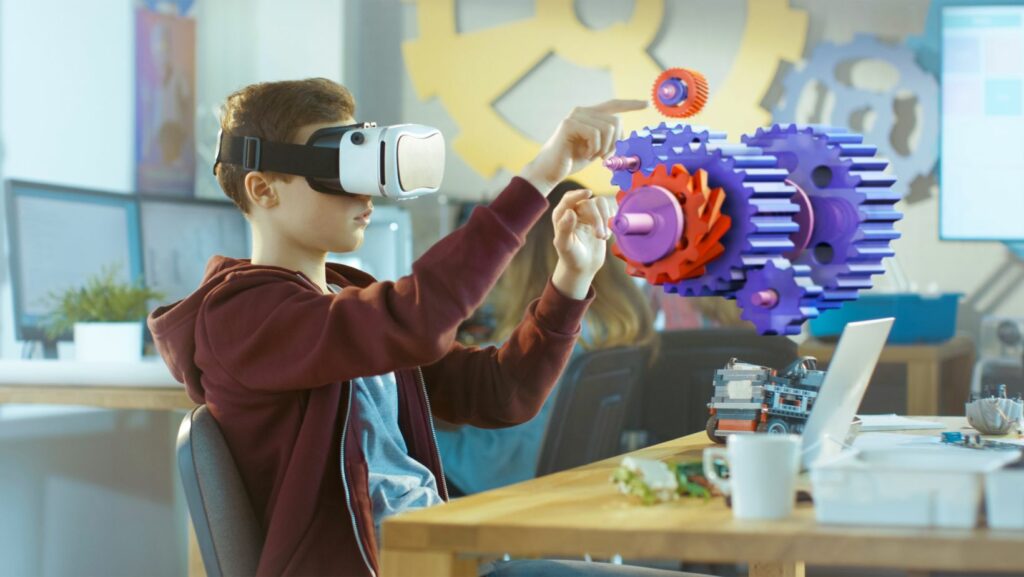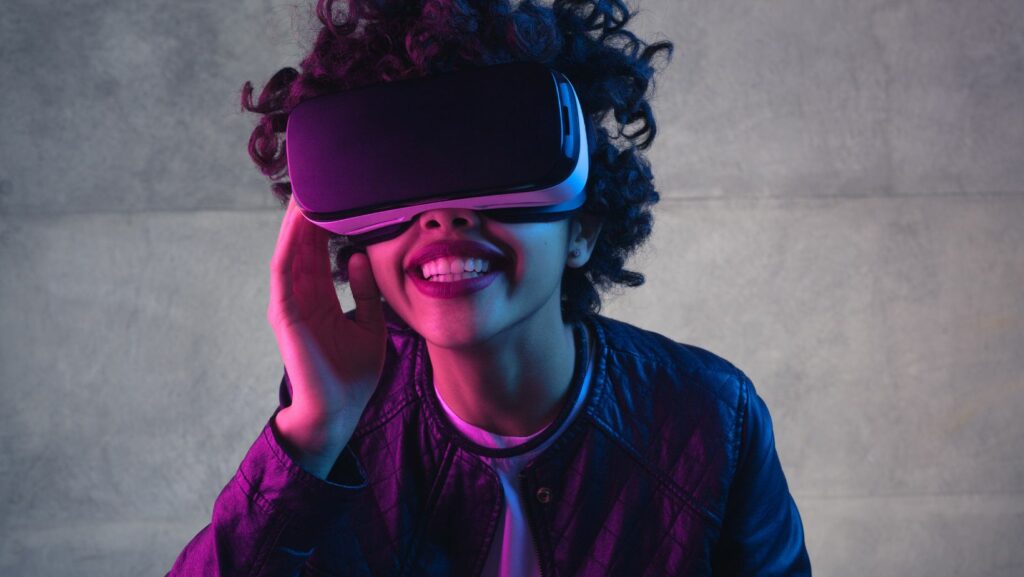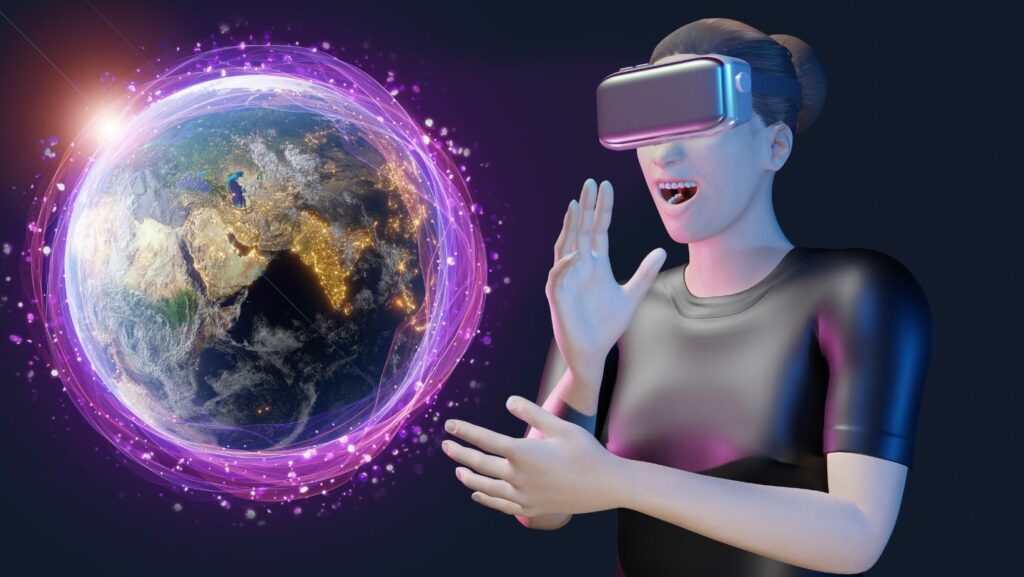Augmented reality (AR) apps are transforming the way we interact with the world around us, blending digital content with the real world in real-time. These innovative applications allow users to see and engage with virtual elements superimposed over their actual surroundings, creating interactive experiences that were once the stuff of science fiction. From gaming and education to retail and healthcare, AR apps are making their mark across various industries, offering enhanced visualization, learning, and buying experiences.
As technology advances, the potential of AR apps continues to expand, opening up new possibilities for both developers and users. They not only entertain but also serve practical purposes, helping with tasks like navigation, home design, and even complex surgical procedures. The magic of AR lies in its ability to bring virtual components into the real world, providing a unique, immersive experience that’s both informative and engaging.
What is Ar Apps
 Augmented Reality (AR) technology integrates digital information with the user’s environment in real-time. Unlike virtual reality, which creates a wholly artificial environment, AR uses the existing environment and overlays new information on top of it. At its core, AR involves the use of a device’s camera to display the physical world on-screen, then superimposes digital information or objects, hence enhancing one’s current perception of reality. Devices such as smartphones, tablets, and AR glasses can display this digital overlay. Key components in AR technology include cameras and sensors, which gather a user’s real-world interactions and project digital content that coherently adjusts with each movement. Additionally, advanced AR apps utilize sophisticated algorithms in computer vision, enabling the seamless integration of virtual and real worlds, thereby ensuring the virtual interacts accurately with the physical.
Augmented Reality (AR) technology integrates digital information with the user’s environment in real-time. Unlike virtual reality, which creates a wholly artificial environment, AR uses the existing environment and overlays new information on top of it. At its core, AR involves the use of a device’s camera to display the physical world on-screen, then superimposes digital information or objects, hence enhancing one’s current perception of reality. Devices such as smartphones, tablets, and AR glasses can display this digital overlay. Key components in AR technology include cameras and sensors, which gather a user’s real-world interactions and project digital content that coherently adjusts with each movement. Additionally, advanced AR apps utilize sophisticated algorithms in computer vision, enabling the seamless integration of virtual and real worlds, thereby ensuring the virtual interacts accurately with the physical.
How AR Apps Enhance User Experience
AR apps significantly enhance user experiences by providing interactive and immersive ways to engage with content. In gaming, players enjoy a more engaging experience as the game integrates elements from their immediate environment. In education, AR brings complex subjects to life, allowing students to visualize concepts such as human anatomy or historical events in three dimensions. Moreover, in retail, consumers can visualize products in their own homes before purchasing, improving satisfaction and reducing return rates. AR’s interactive capability not only makes complex information more accessible but also enhances learning and understanding by making it visual and experiential. For instance, medical students use AR for a deeper understanding of the human body, leading to improved practical skills. The effectiveness of AR in enhancing user engagement is evident as it bridges the gap between virtual and real, making digital interactions feel more tangible and real.
Popular Categories of AR Apps
Gaming and Entertainment
 AR apps transform gaming and entertainment, making experiences more dynamic and immersive. Players can interact with virtual elements superimposed onto their physical environment. Games like Pokémon Go, which gained international acclaim, allow users to capture virtual creatures in real-world locations. This integration increases the physical activity and social interactions among players. Beyond gaming, AR provides remarkable experiences in entertainment, such as virtual concerts and interactive storytelling, where viewers can experience events in three dimensions from their devices.
AR apps transform gaming and entertainment, making experiences more dynamic and immersive. Players can interact with virtual elements superimposed onto their physical environment. Games like Pokémon Go, which gained international acclaim, allow users to capture virtual creatures in real-world locations. This integration increases the physical activity and social interactions among players. Beyond gaming, AR provides remarkable experiences in entertainment, such as virtual concerts and interactive storytelling, where viewers can experience events in three dimensions from their devices.
AR apps play a pivotal role in education and learning by bringing complex concepts to life. Through AR, educational content becomes interactive, allowing students to visualize and interact with three-dimensional models. Subjects such as anatomy, astronomy, and chemistry benefit significantly from AR technologies, as students can see intricate details of human organs, celestial bodies, or molecular structures right in front of them. This visual interaction not only enhances understanding but also retains students’ interest and curiosity. Museums and educational institutions are adopting AR to create engaging tours and exhibits that offer a deeper understanding of historical and scientific artifacts.
Retail and Marketing
 In retail and marketing, AR apps offer customers a try-before-you-buy experience, which is revolutionizing the shopping experience. Customers can visualize furniture in their homes, try on clothes virtually, or see how a new makeup shade looks on their face, all through their AR-enabled devices. This capability reduces the uncertainty associated with online shopping and increases customer satisfaction. Moreover, marketers are leveraging AR for interactive advertising campaigns, allowing potential buyers to interact with products in a completely new and engaging way. This not only drives sales but also boosts brand engagement and loyalty.
In retail and marketing, AR apps offer customers a try-before-you-buy experience, which is revolutionizing the shopping experience. Customers can visualize furniture in their homes, try on clothes virtually, or see how a new makeup shade looks on their face, all through their AR-enabled devices. This capability reduces the uncertainty associated with online shopping and increases customer satisfaction. Moreover, marketers are leveraging AR for interactive advertising campaigns, allowing potential buyers to interact with products in a completely new and engaging way. This not only drives sales but also boosts brand engagement and loyalty.



